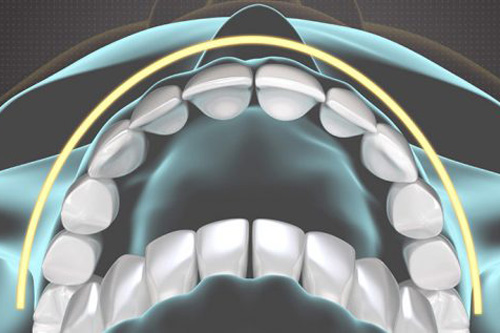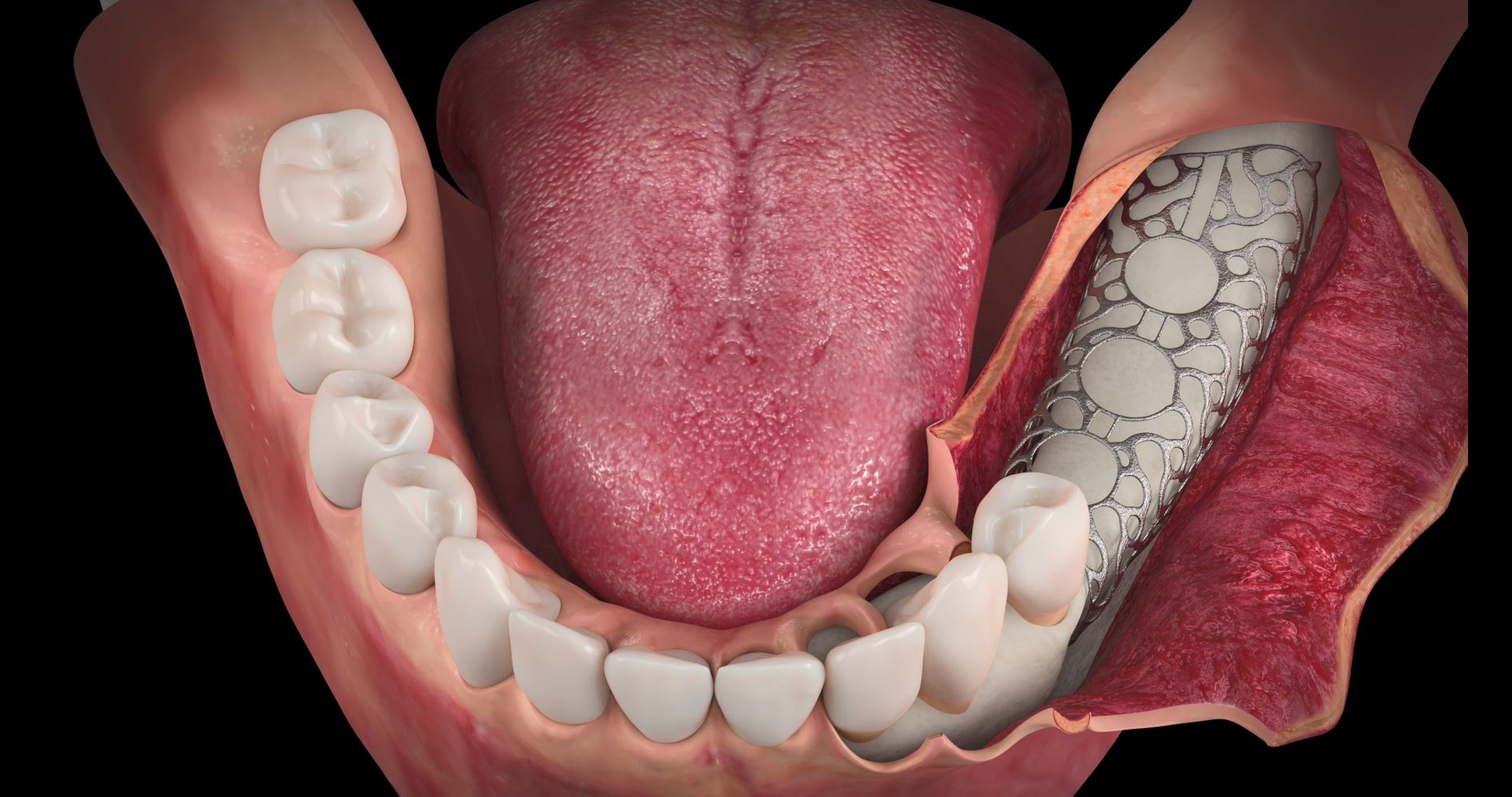Oral surgery covers all surgical measures in the area of the teeth, the roots of the teeth and their surroundings at the alveolar process, as well as the adjacent mucous membrane.
Among other things, it includes the removal of teeth that cannot be retained and difficult wisdom teeth, the exposure and ligation of impacted canines and other displaced teeth, the identification and treatment of changes in the oral mucosa and bone (inflammatory and infectious), as well as cysts and other neoplasms.
This also includes bone augmentation before implant restoration and the facilitation and acceleration of tooth position correction by corticotomy (Wilckodontics).
These mostly minor procedures can usually be carried out under local anaesthetic without any problems and are among the routine operations that we can offer you on referral from other colleagues in private practice, all in a professional setting with a relaxed and pleasant atmosphere.

The removal of wisdom teeth is the most common oral surgery procedure. Either the teeth have no room to break through easily, or the direction of their growth endangers the roots of adjacent teeth.
Wisdom teeth can also negatively affect the result of a completed procedure to correct tooth position, or can even be displaced in such a way that they cause health problems. In a minor procedure that we perform without difficulty under local anaesthetic, the wisdom teeth are removed quickly and gently.
We have the necessary experience and routine set-up to be able to remove four wisdom teeth in the same session. If you wish, we can of course also offer a short outpatient general anaesthetic so that the procedure remains a carefree experience for you, without any discomfort.

If teeth do not easily break through themselves due to lack of space within the dental arch or deviation of the axis, there is a risk that they will remain in the jawbone and lead to tooth misalignments that can only be corrected with great effort.
Most often, displacement affects the upper canines, which are fixed just at the level of the base of the nose and then impede the normal process of tooth eruption or jeopardise their preservation through arrosion of the neighbouring tooth roots.
In this case, the teeth can be surgically exposed via a small access in the oral mucosa and fitted with a button bracket. Using a wire retainer and dental brace, the teeth are moved into the correct position.
Wilckodontics® is a registered brand name for the protocol of a corticotomy described by the brothers William and Thomas Wilcko (a periodontist and an orthodontist) in the USA more than 20 years ago.
Extensive studies have shown that applying a surgical stimulus to the surface of the bone surrounding the roots of the teeth results in temporary remodelling processes at the cellular level that have a beneficial effect on the speed and manoeuvring space during orthodontic treatments.
With the help of a relatively modest procedure in the area of the alveolar process (the tooth-bearing parts of the jaw), orthodontic tooth movements can be facilitated and treatment time accelerated if necessary.

The possibilities of implant-supported prosthetic restoration in dentistry have undergone rapid development in recent years.
However, they still require sufficient bone in the upper or lower jaw to be able to place the implants. If the bone height is insufficient for a dental implant restoration, the jaw can be built up either by removing and transplanting the patient’s own bone or by using bone substitutes, depending on the localisation, extension and need.
One of the latest developments is the use of patient-specific planned and individually manufactured titanium frameworks, which can be planned and implemented for you according to your individual needs on the basis of a 3D image. (Yxoss CBR)

If you have supplementary insurance under the VVG (Federal Insurance Contract Act) for dental treatment or orthodontic treatment, there is usually not a problem covering the costs, but it depends on the conditions of each individual insurer.
Basic insurance in accordance with the KVG (Federal Health Insurance Act), on the other hand, only contributes to the costs in special cases, which must be clarified in writing in advance. During the initial consultation, the question of costs can be discussed in detail and presented transparently on the basis of the individual situation.
As a rule, wisdom teeth can be removed without any problems under local anaesthetic, as is usual in a dental setting. The same applies to many other oral surgical procedures.
Local anaesthesia ensures freedom from pain, but the feeling of pressure, vibrations and noises cannot be eliminated, so you should be able to cope with the situation.
However, for anxious patients or for reasons of comfort, a short outpatient general anaesthetic can just as easily be offered so that the procedure remains a carefree experience for you, without any discomfort.
In contrast to conventional X-ray images, digital volume tomography (DVT) offers the option of displaying the anatomy in detail in width, height and depth with minimum effort and reduced radiation exposure, as was previously only possible with computer tomography.
As such, it helps to ensure maximum safety in the planning and execution of all interventions in our field.
© 2022 Dr. Dr. Daniel Brusco